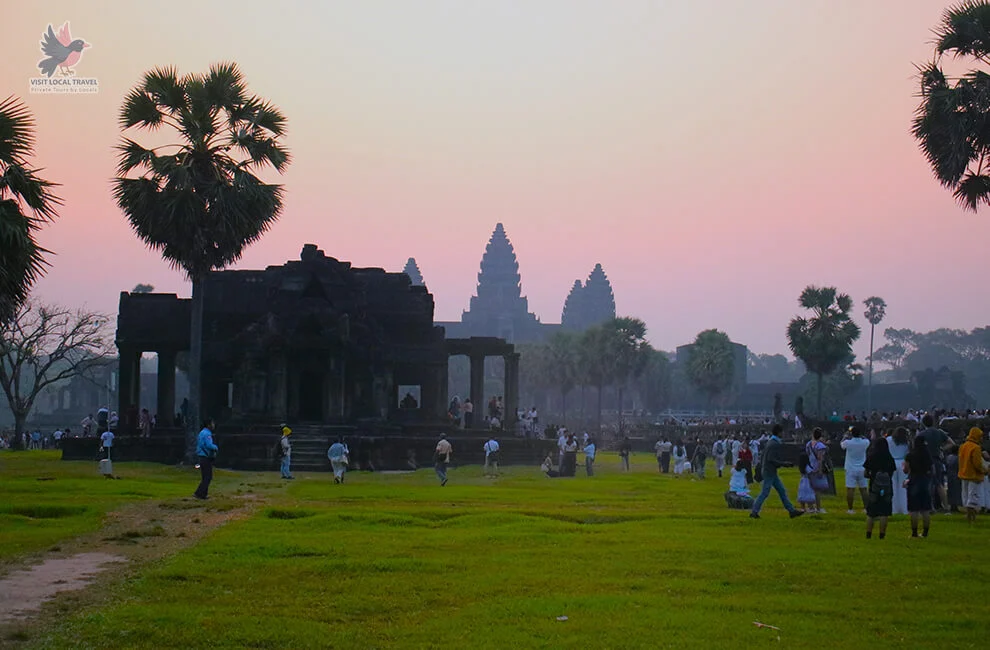Cambodia is home to some of the world’s most breathtaking temples, with Angkor Wat standing as the crown jewel. However, the country boasts numerous other stunning temples, each with unique architectural styles, historical significance, and spiritual importance. In this in-depth guide, we’ll compare Angkor Wat vs other Cambodian temples, helping you understand what makes each one special and why they deserve a spot on your travel itinerary.
Angkor Wat: The Iconic Masterpiece
History & Significance
Angkor Wat, built in the early 12th century by King Suryavarman II, is the largest religious monument in the world. Originally dedicated to the Hindu god Vishnu, it later transformed into a Buddhist temple. Recognized as a UNESCO World Heritage Site, it symbolizes Cambodia’s cultural and spiritual identity.
Architectural Highlights
- Five Towers: Representing Mount Meru, the center of the Hindu universe.
- Bas-Reliefs: Intricate carvings depicting Hindu epics like the Ramayana and Mahabharata.
- Sunrise Views: The temple’s alignment offers one of the most iconic sunrise views in the world.
Why Visit Angkor Wat?
- Largest & Most Preserved Temple in the Angkor complex.
- Stunning reflections in its surrounding moat.
- Rich symbolism blending Hindu and Buddhist traditions.
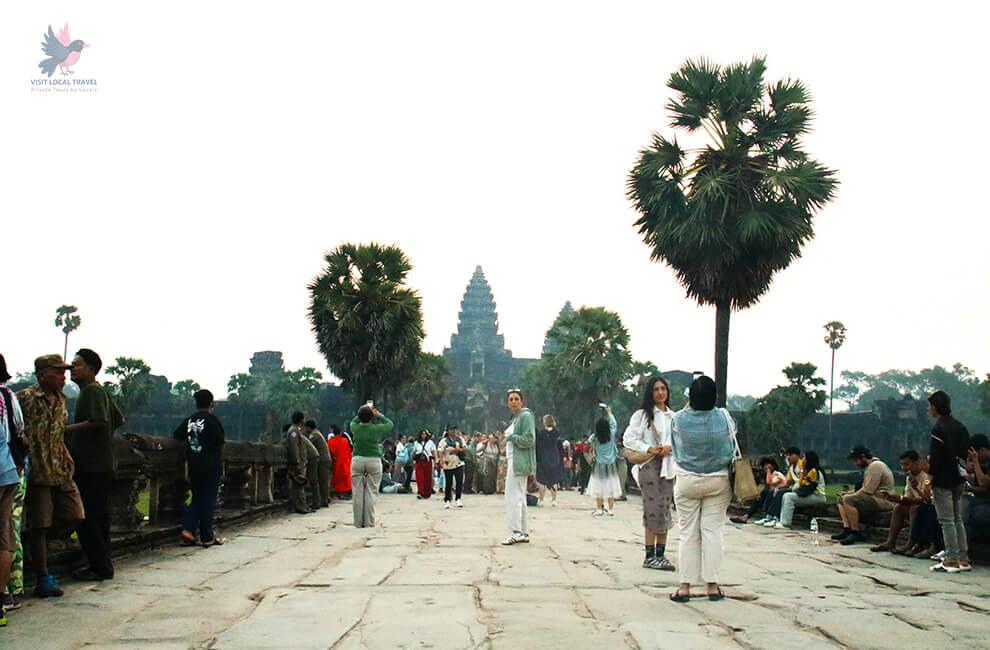
Bayon Temple: The Temple of Smiling Faces
History & Significance
Located in Angkor Thom, the Bayon Temple was built in the late 12th century by King Jayavarman VII. Unlike Angkor Wat, it was Buddhist from its inception, reflecting the king’s devotion to Mahayana Buddhism.
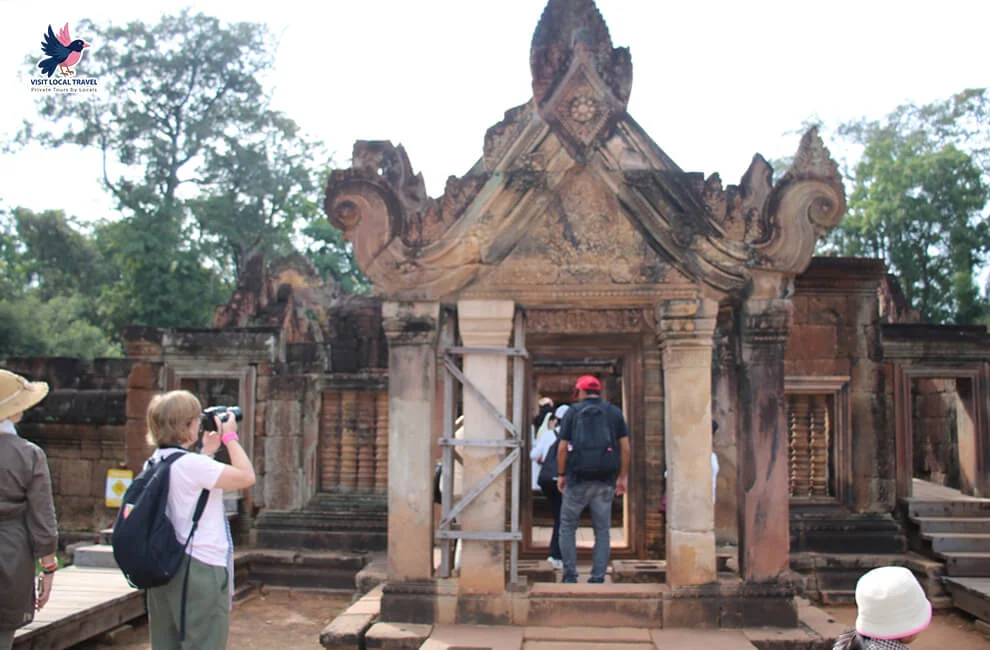
Banteay Srei Secret and Kbal Spean Day Trip
- Duration: 8 Hours
- Destination: Siem Reap
- Group Size: 2-12 People
$112
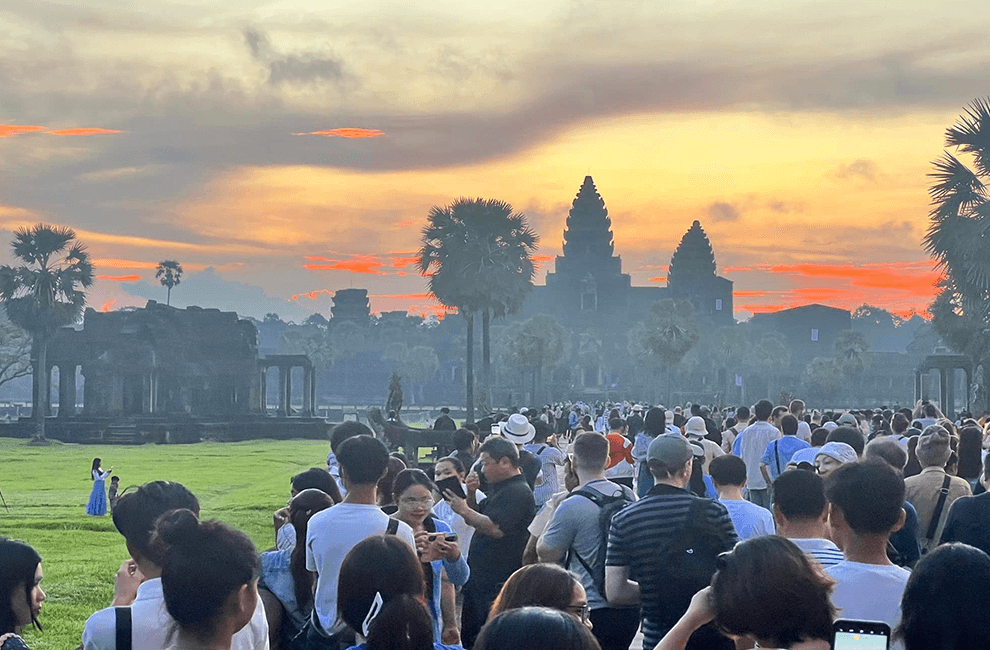
Angkor Wat Adventure
- Duration: 8 Hours
- Destination: Siem Reap
- Group Size: 2-12 People
$98
Architectural Highlights
- 216 Giant Stone Faces: Thought to represent Avalokiteshvara (the Bodhisattva of Compassion) or the king himself.
- Two Layers of Galleries: Featuring bas-reliefs depicting daily life and historical battles.
Angkor Wat vs Bayon: Key Differences
| Feature | Angkor Wat | Bayon Temple |
|---|---|---|
| Religion | Hindu → Buddhist | Buddhist |
| Style | Classical Khmer | Bayon Style |
| Faces | No | 216 Stone Faces |
| Purpose | State Temple | Center of Angkor Thom |
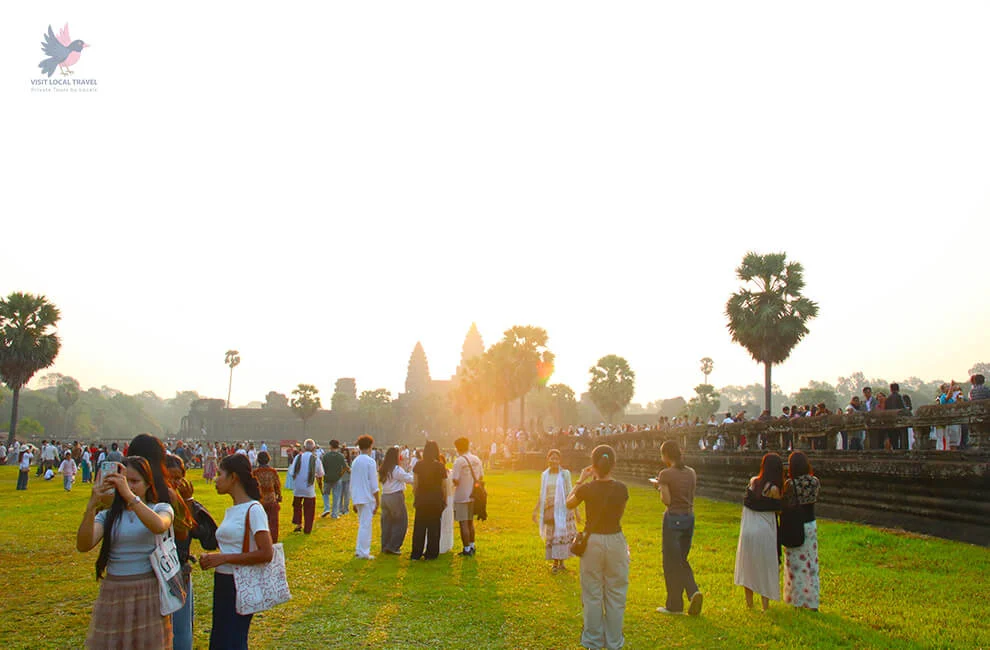
Ta Prohm: The Jungle Temple
History & Significance
Made famous by Tomb Raider, Ta Prohm was a Buddhist monastery built by Jayavarman VII. Unlike Angkor Wat, it has been left largely unrestored, with giant tree roots engulfing its structures.
Architectural Highlights
- Nature-Meets-Architecture: Silk-cotton and strangler fig trees intertwine with stone.
- Inscriptions: Reveal it once housed 12,500 people and stored vast treasures.
Why Visit Ta Prohm?
- Eerie, mystical atmosphere unlike any other temple.
- Perfect for photography with its jungle setting.
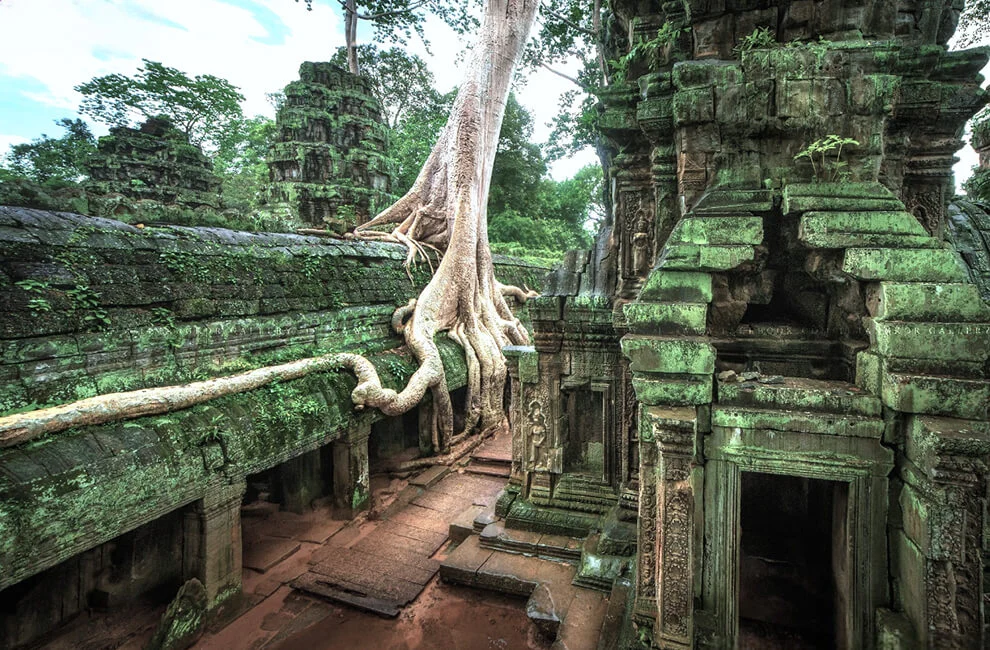
Banteay Srei: The Jewel of Khmer Art
History & Significance
Banteay Srei, meaning “Citadel of Women,” is a 10th-century temple dedicated to Shiva. Despite its small size, it’s renowned for its intricate carvings, considered the finest in Khmer art.
Architectural Highlights
- Pink Sandstone Construction: Allows for incredibly detailed carvings.
- Miniature Scale: Unlike Angkor Wat’s grandeur, Banteay Srei is compact but exquisitely decorated.
Angkor Wat vs Banteay Srei
- Angkor Wat impresses with size and symmetry, while Banteay Srei dazzles with craftsmanship.
- Banteay Srei is older, built 200 years before Angkor Wat.
- Preah Vihear: The Cliffside Temple.
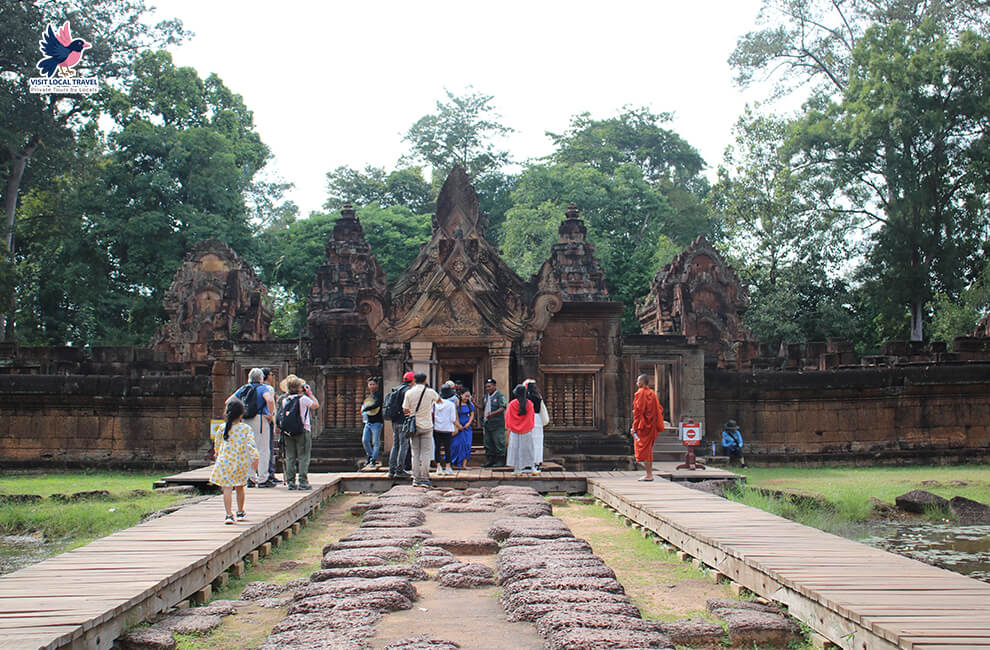
History & Significance
Perched on a cliff in the Dângrêk Mountains, Preah Vihear is a Hindu temple dedicated to Shiva. Unlike Angkor Wat, it was built over several centuries and sits on the Cambodia-Thailand border, leading to historical disputes.
Up to 25% Off
Explore our many discounts, deals, and exclusive offers
to create your next adventure!
Architectural Highlights
- Dramatic Location: Offers panoramic views of the Cambodian plains.
- Linear Design: Unlike Angkor Wat’s concentric layout, Preah Vihear follows a long processional path.
Why Visit Preah Vihear?
- Less crowded than Angkor Wat.
- Stunning mountain scenery.
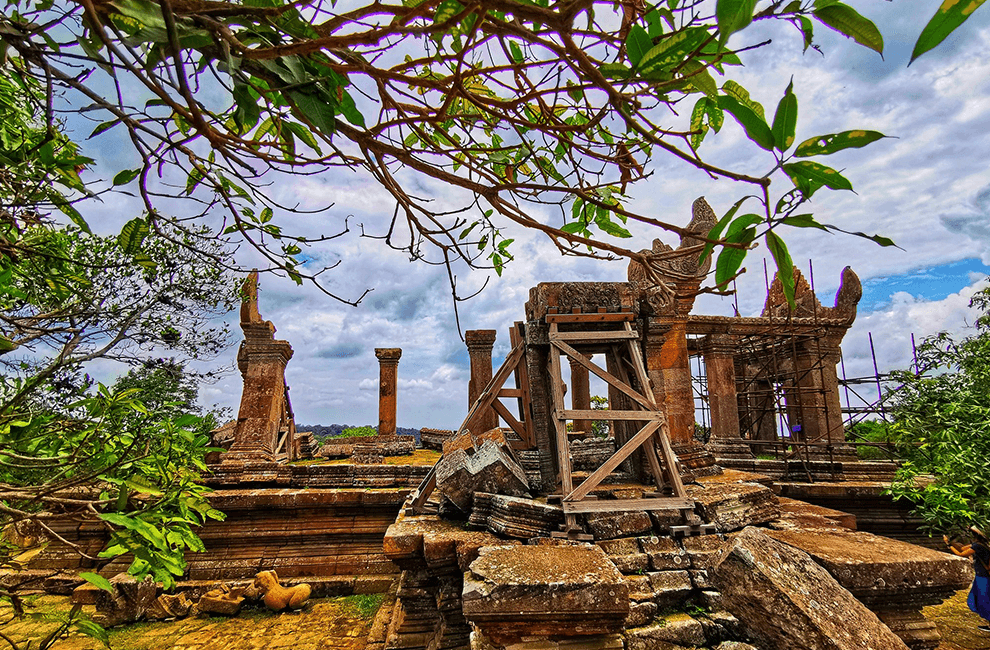
Koh Ker: The Forgotten Capital
History & Significance
For a brief period, Koh Ker was the capital of the Khmer Empire before being abandoned. Unlike Angkor Wat, it features a unique pyramid-style temple, Prasat Thom.
Architectural Highlights
- Prasat Thom Pyramid: A seven-tiered structure unlike any other Cambodian temple.
- Remote Location: Offers an off-the-beaten-path experience.
Angkor Wat vs Koh Ker
- Angkor Wat is polished and restored, while Koh Ker feels wild and mysterious.
- Koh Ker’s pyramid contrasts with Angkor Wat’s temple-mountain design.
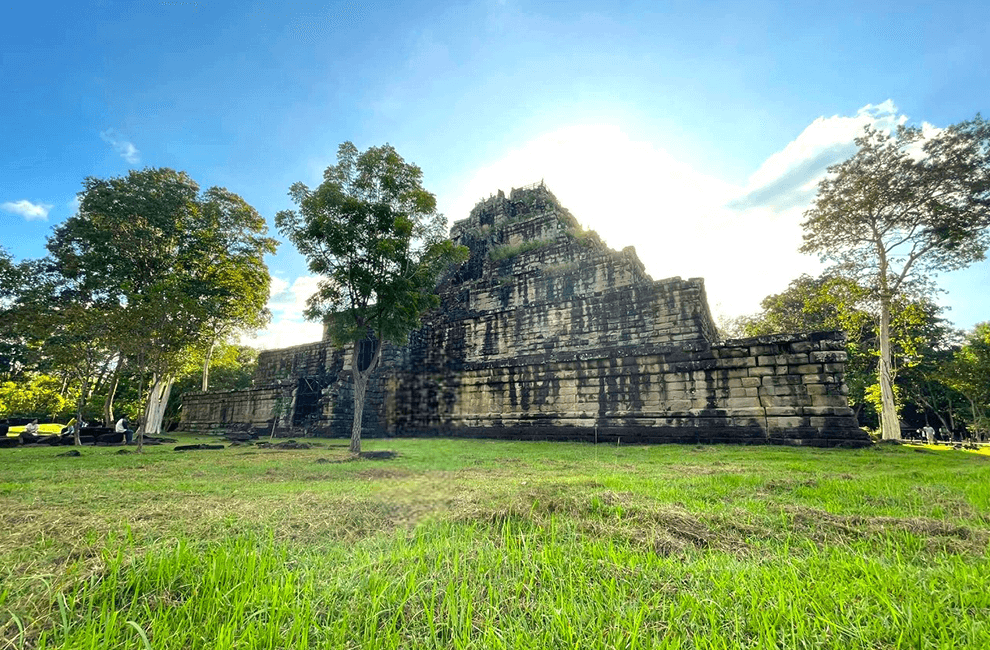
Final Verdict: Which Temple is Best?
| Temple | Best For | Unique Feature |
|---|---|---|
| Angkor Wat | Iconic sunrise, grandeur | Largest religious monument |
| Bayon | Mystical faces, history | 216 Stone Faces |
| Ta Prohm | Jungle adventure, photography | Tree-covered ruins |
| Banteay Srei | Art lovers, intricate carvings | Pink sandstone details |
| Preah Vihear | Scenic views, offbeat travel | Cliffside location |
| Koh Ker | Adventure seekers, archaeology | Pyramid structure |
FAQs About Angkor Wat vs Other Cambodian Temples
What makes Angkor Wat different from other temples in Cambodia?
Angkor Wat is the largest and most well-preserved temple in Cambodia, built as a Hindu temple dedicated to Vishnu before becoming a Buddhist site. Unlike many other temples, it faces west (symbolizing death and Vishnu’s association with the setting sun), while most Khmer temples face east.
Which Cambodian temple is older than Angkor Wat?
Phnom Bakheng (late 9th century) and Preah Ko (879 AD) are older than Angkor Wat (12th century). These temples were built during the early Angkor period under King Indravarman I and Yasovarman I.
Which temple is known for its massive stone faces, unlike Angkor Wat?

Bayon Temple (in Angkor Thom) is famous for its 216 giant smiling stone faces, believed to represent either King Jayavarman VII or the Bodhisattva Avalokiteshvara. Angkor Wat, in contrast, features intricate bas-reliefs and towering spires.
Which temple is more overgrown by trees than Angkor Wat?
Ta Prohm is famously engulfed by giant strangler fig and silk-cotton trees, giving it a mystical, jungle-covered appearance. Angkor Wat, though surrounded by forests, has been largely cleared and restored.
Which temple was built as a Buddhist university, unlike Angkor Wat’s original Hindu design?
Banteay Kdei and Ta Prohm were Buddhist monasteries and universities built under Jayavarman VII, while Angkor Wat was originally a Hindu temple before later becoming Buddhist.
Which Cambodian temple has a pyramid structure, unlike Angkor Wat’s tiered design?
Bakong (the first temple-mountain of the Khmer Empire) and Pre Rup have distinct step-pyramid designs, while Angkor Wat has three rectangular galleries leading to a central quincunx of towers.
Which temple is considered more architecturally unique than Angkor Wat?

Beng Mealea (a sprawling, unrestored jungle temple) and Koh Ker (with its seven-tiered pyramid, Prasat Thom) are considered more mysterious and less reconstructed than Angkor Wat, offering a wilder, off-the-beaten-path experience.
Which temple has more detailed narrative carvings than Angkor Wat?
While Angkor Wat has famous bas-reliefs (like the Churning of the Ocean of Milk), Banteay Srei is renowned for its exquisitely detailed pink sandstone carvings, depicting intricate Hindu mythological scenes.
Which temple was a capital city, unlike Angkor Wat?
Angkor Thom (which includes the Bayon) was a fortified capital city, while Angkor Wat was primarily a temple complex, though it may have served as a palace and administrative center.
Which temple is located outside the main Angkor Archaeological Park?
Phnom Kulen (sacred mountain with river carvings), Banteay Chhmar (remote temple with similar faces to Bayon), and Sambor Prei Kuk (pre-Angkorian capital) are significant temples located far from Angkor Wat.
Final Thoughts about Angkor Wat vs Other Cambodian Temples
While Angkor Wat remains Cambodia’s most famous temple, other temples like Bayon, Ta Prohm, Banteay Srei, Preah Vihear, and Koh Ker offer equally fascinating experiences. Whether you seek grand architecture, intricate carvings, jungle ruins, or remote adventures, Cambodia’s temples deliver unforgettable wonders. Plan your trip today and explore the rich heritage of Khmer civilization beyond Angkor Wat!


